If you’re experiencing shoulder pain, you could be suffering from one of many different ailments. Some common conditions include:
- Rotator cuff tear: This is what happens when the tendons that constitute the rotator cuff muscles around the shoulder detach from the bone, causing a severe decrease in the range of motion that a healthy rotator cuff allows us to have. These injuries are very painful and have two general causes:
- Repetitive use: As the name implies, repetitive use injuries are caused by repeated activities that wear the rotator cuff thin over time. This is typically seen in older patients or people who put an unusually demanding strain on their rotator cuffs, such as professional athletes.
- Trauma: Traumatic injuries, such as breaking a fall with an outstretched hand, can lead to rotator cuff tears as well. This cause is much less common than repetitive use and is most often the culprit of rotator cuff tears in patients under 60 years of age.
- Frozen shoulder: Also known as adhesive capsulitis, frozen shoulder is a medical condition that includes a decrease of motion in the shoulder and pain that progressively increases. There are three stages of frozen shoulder:
- Stage 1: The freezing stage, or the beginning of pain and loss of motion, both of which begin to steadily increase.
- Stage 2: The frozen stage. By now, the shoulder’s range of motion is severely restricted, but the pain is likely starting to decrease.
- Stage 3: The thawing stage, where pain is minimal and shoulder motion slowly returns to normal.
These are only a few of the possible conditions that can cause shoulder pain. Some are more serious than others. Call your doctor, and consult us as for your physical therapy needs, if you’re experiencing any of the following symptoms:
- Inability to carry objects or have full use of your arm
- Joint deformity
- Shoulder pain that doesn’t ease at night or while resting
- Lack of motion, including an inability to raise your arm
- Swelling or bruising around the shoulder joint or upper arm
- Signs of an infection, which could include fever, redness, and warmth
A few common treatments that may bring relief include:
- A little rest & relaxation. This can help soothe many aches and pains in the shoulder region, but medical experts advise you to use caution with this approach as too much rest can lead to the discomforts associated with a frozen shoulder.
- Ice and heat. Ice packs should be used on recent injuries that were sustained in the last 48 hours. Ice packs are especially helpful where swelling is involved, as they can help decrease the swelling in the injured area, thus helping to reduce the pain. Heat treatments, such as hot pads, should be used only to relax and loosen tissues in cases of chronic conditions. Heat treatments should not be used after periods of significant activity (if you’re concerned about muscle soreness, use the heat treatment before participating in the activity) or after an acute injury.
- Stretching. The shoulder is a very mobile joint. The less the shoulder is stretched, the tighter the joint becomes, causing more muscle and joint stiffness and leading to more pain. Stretching the muscles and tendons surrounding an aching joint can spell relief in many cases.
- Physical therapy. It has been shown that physical therapy is “an important aspect of treatment of almost all orthopedic conditions,” and shoulder pain is no exception. The treatments utilized by physical therapists can ease pain, increase strength and mobility, and help patients resume the level of activity they enjoyed before the injury.
- Anti-inflammatory medication. If the above-mentioned treatments aren’t enough to get you moving again, your doctor might prescribe anti-inflammatory medications to help the process along.
If you find yourself battling shoulder pain, you don’t have to suffer in silence. Talk to your medical professional, who can refer you to trusted physical therapists like us to guide you on the road to recovery.
Listed below are some exercises you can try to alleviate shoulder pain and if you want to check out more videos like these click here for our Youtube page!
Dr. Evan Chait demonstrates how to perform shoulder matrix exercise with dumbbells.
Dr. Evan Chait demonstrates how to perform shoulder external rotation at 90/90.
Dr. Evan Chait demonstrates how to perform single arm external rotation exercise with a Theraband.

